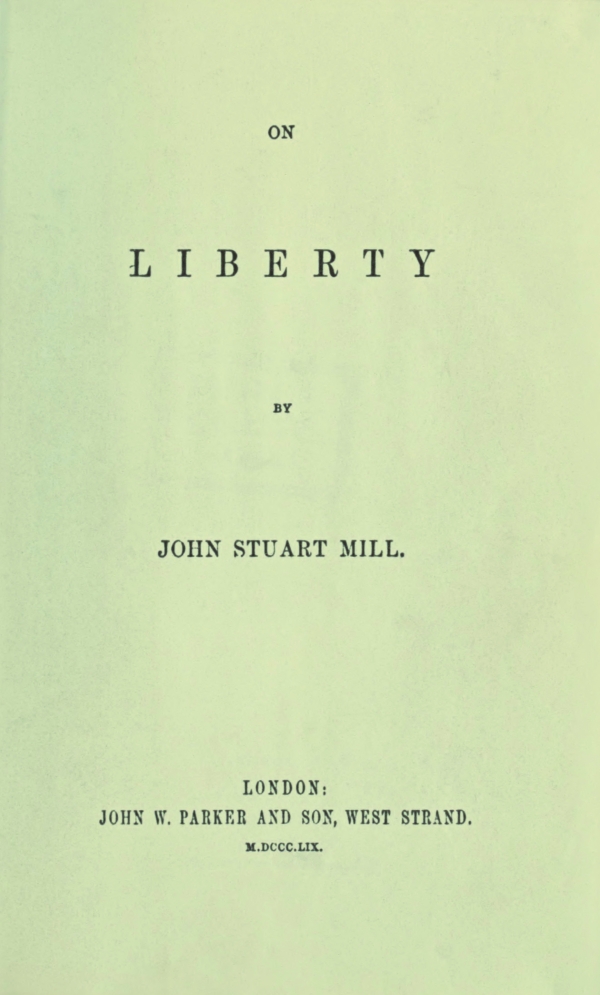
What does true freedom mean? The definition of freedom can vary significantly depending on the individual and the era. However, there are undoubtedly common aspects of freedom that are universally shared. One such work that explores these themes is On Liberty, a seminal text by 19th-century British philosopher John Stuart Mill. Recognized as one of the great classics of liberalism, the book delves into the concept of civil and social liberties. Through On Liberty, readers are invited to reflect on the nature of freedom, its importance, and its profound impact on human history.
The book is structured into five key chapters, each addressing a different aspect of liberty. The first chapter, titled “Introductory,” opens with Mill’s caution against the pervasive power of society, which infiltrates every aspect of an individual’s private life and even seeks to control their inner thoughts, leaving no room for freedom. He highlights the danger of “the tyranny of the majority,” where societal pressure stifles individuality. Also in the first chapter, Mill introduces the clear and concise principle of liberty that underpins the entire book. He argues that individuals should enjoy complete freedom if their actions do not harm others. For actions that affect only the individual, absolute personal freedom must be upheld.
The second chapter, “Of the Liberty of Thought and Discussion,” delves into the importance of freedom of thought and discourse. Mill argues that diverse opinions benefits everyone and that suppressing differing views is inherently wrong. If a suppressed opinion is correct, society loses the opportunity to discover the truth. Even if the opinion is incorrect, comparing it with other views allows the truth to emerge more clearly. Furthermore, in most real-world cases, opposing arguments each contain elements of truth. Without the liberty of thought and discussion, society risks losing the chance to fill the gaps left by conventional wisdom, leaving the whole truth forever out of reach.
The third chapter, titled “Of Individuality, as One of the Elements of Well-Being,” discusses the concept of individuality. Mill defines individuality as the freedom to shape one’s life in pursuit of personal goals, following one’s ideas of what is best. If no harm is done to others, individuals should be allowed to express and develop their unique characteristics freely. Mill warns against blindly following traditions, emphasizing individuality as essential for happiness and progress. He expresses concern about how mass society often suppresses individuality, arguing that it represents the essence of true freedom and what makes people true humans.
The fourth chapter, titled “Of the Limits to the Authority of Society over the Individual,” and the fifth chapter, “Applications,” explore how the principles discussed in the first three chapters can be applied in the real world. These chapters delve into various examples to illustrate the practical implications of Mill’s ideas, providing a comprehensive guide to balancing individual liberty with societal authority.
One of the reasons On Liberty is considered a timeless classic is that Mill’s reflections on freedom are more relevant than ever in today’s world. The ongoing debates about the boundaries of personal liberty continue to evolve, making it more important to revisit the core principles of liberty. On Liberty offers valuable insights that can guide us in this crucial reflection.


